|
|
|
|
|
|
|
|
Photo Gallery for Lithobates catesbeianus - American Bullfrog
| 30 photos are shown. |
 | Recorded by: Emily Stanley
Buncombe Co. |  | Recorded by: Mark Shields
Onslow Co. |
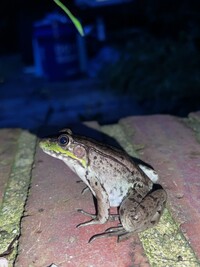 | Recorded by: H. Talcott
Moore Co. |  | Recorded by: Travis McLain
Stokes Co. |
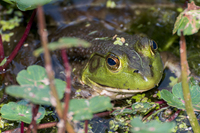 | Recorded by: Mark Shields
Jones Co. |  | Recorded by: Mark Shields
Caldwell Co. |
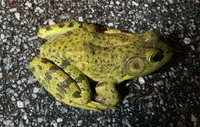 | Recorded by: K. Bischof
Transylvania Co. | 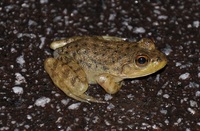 | Recorded by: K. Bischof
Transylvania Co. |
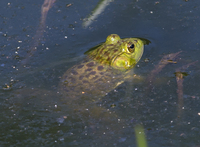 | Recorded by: John Petranka
Alleghany Co. | 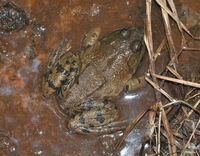 | Recorded by: K. Bischof
Burke Co. |
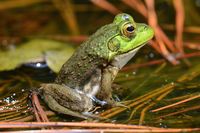 | Recorded by: Mark Shields
Onslow Co. | 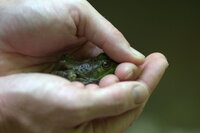 | Recorded by: J. Summers
Harnett Co. |
 | Recorded by: C.Bennett
Dare Co. |  | Recorded by: N. Crider
Beaufort Co. |
 | Recorded by: j.wyche
Gates Co. |  | Recorded by: J.Williams
Halifax Co. |
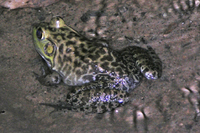 | Recorded by: Owen McConnell
Durham Co. | 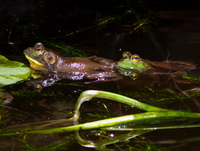 | Recorded by: Jim Petranka
Rutherford Co.
Comment: A male in front and female behind. Note the large tympanum and yellow throat of the male. |
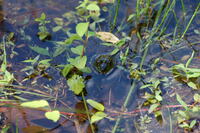 | Recorded by: J. Mickey
Wilkes Co. | 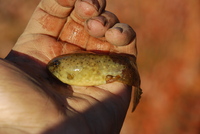 | Recorded by: K. Long
Rockingham Co. |
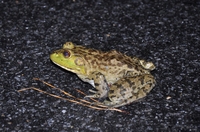 | Recorded by: K. Bischof
Beaufort Co. |  | Recorded by: Cooksey, B.
Dare Co. |
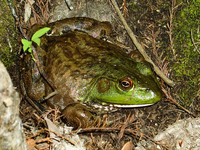 | Recorded by: Jane Wyche/James Boone/Hunter Derby/Julian Sawyer
Gates Co. | 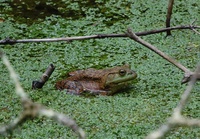 | Recorded by: Doris Ratchford
Watauga Co. |
 | Recorded by: N. Ward
Dare Co. | 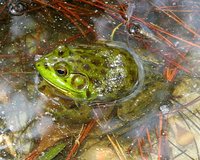 | Recorded by: Owen McConnell
Durham Co. |
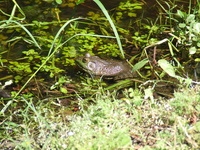 | Recorded by: D. Lequire
Washington Co. | 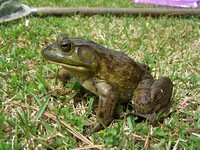 | Recorded by: C. Dykstra
Beaufort Co. |
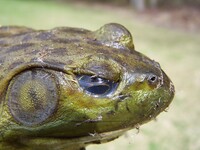 | Recorded by: C. Dykstra
Beaufort Co. | 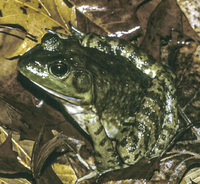 | Recorded by: Steve Hall
Orange Co. |
|

 »
»




 »
»


